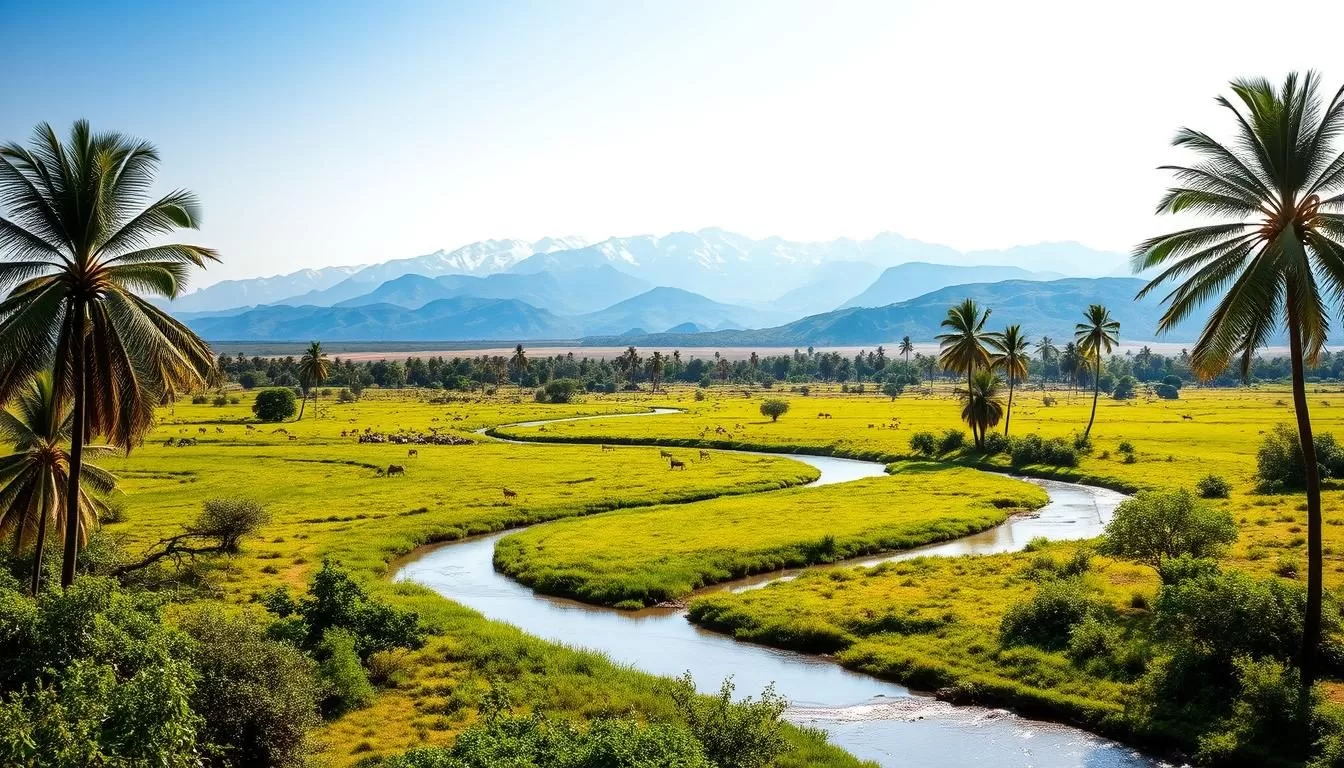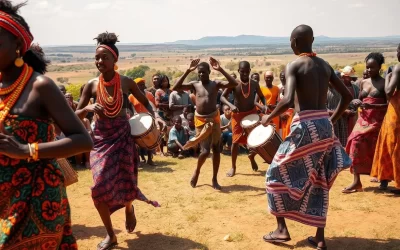✓ Accommodations✓ Flights✓ Rental Cars
Planning a trip to South Sudan requires careful consideration of its diverse climates and landscapes. As you prepare for your journey, understanding the weather patterns is crucial for a comfortable and enjoyable experience.
The country’s geographic location near the equator significantly influences its climate, resulting in varied conditions throughout the year. Timing your visit right is essential to make the most of your travel experience.
Despite the challenges, visiting South Sudan can be rewarding when planned with weather considerations in mind. This guide will help you make informed decisions about when to visit based on your travel preferences and activities, ensuring a safe and enjoyable journey.
Understanding South Sudan’s Climate
Understanding the climate of South Sudan is crucial for planning a successful trip, given its varied weather conditions. You need to be aware of the different factors that influence the climate to make the most out of your visit.
Geographic Overview and Weather Patterns
South Sudan’s geography plays a significant role in shaping its climate. The country’s landscape varies from arid deserts in the north to tropical wetlands in the south, leading to diverse weather patterns across different regions. The climate is generally hot and dry, with temperatures varying significantly between day and night.

Seasonal Variations: Wet and Dry Seasons
The country experiences two main seasons: the wet season and the dry season. The wet season, which typically runs from April to November, is characterized by heavy rainfall, especially in July and August. In contrast, the dry season, from December to March, is marked by dry and hot conditions, with temperatures often soaring during the day. You should consider these seasonal variations when planning your trip, as they significantly impact transportation, wildlife viewing, and cultural events.
- The wet season brings heavy rain, making some areas inaccessible.
- The dry season offers better conditions for wildlife viewing as animals congregate around water sources.
- Seasonal transitions can offer unique opportunities for travelers, with mild weather conditions.
By understanding these seasonal variations, you can better plan your activities and make the most out of your trip to South Sudan.
Regional Climate Differences in South Sudan
As you travel through South Sudan, you’ll notice the climate changes dramatically from one area to the next. This variation is due to the country’s diverse geography, which ranges from arid landscapes in the north to tropical climates in the south.
Northern Regions: Arid and Semi-Arid Landscapes
The northern parts of South Sudan are characterized by arid and semi-arid landscapes, with very little rainfall throughout the year. This region experiences a harsh climate, with high temperatures and minimal vegetation.
Equatorial South: Tropical Climate Zones
In contrast, the equatorial southern regions have a tropical climate, with high levels of rainfall and humidity. This area is rich in biodiversity and supports lush vegetation, making it an exciting destination for adventure seekers.
The Sudd Wetlands: Unique Microclimate
The Sudd wetlands, a UNESCO World Heritage site, create a unique microclimate with higher humidity and moderated temperatures. Seasonal flooding transforms the landscape, offering an experience like no other. To visit the Sudd during the dry season is to witness its remarkable biodiversity, including abundant birdlife and aquatic species. The Sudd’s climate differs significantly from surrounding regions, requiring special preparation for visitors. 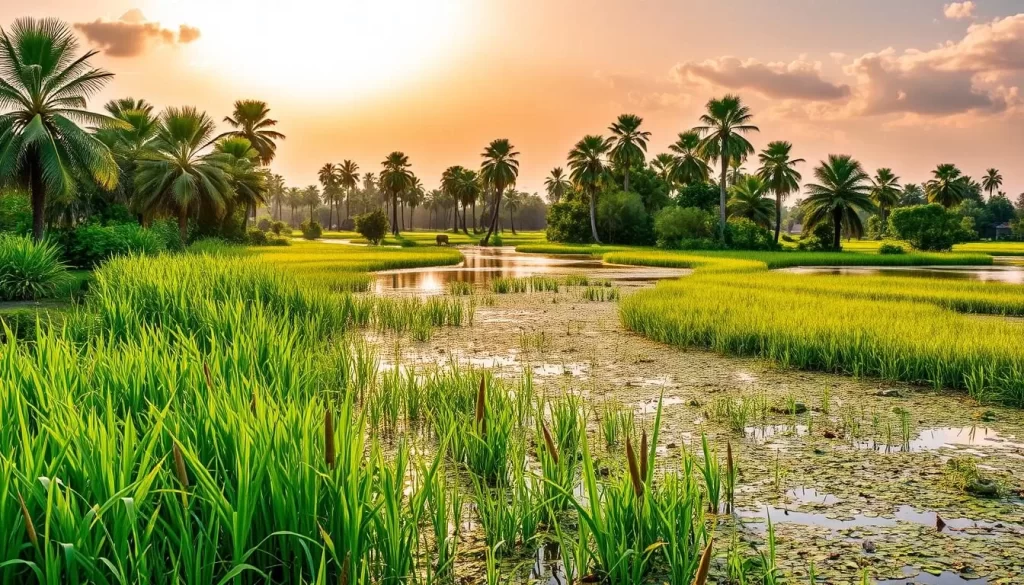
The Sudd wetlands are also culturally significant for local communities, whose lifestyles adapt to the seasonal changes in water levels. Understanding and respecting these local adaptations can enhance your visit.
South Sudan: Best Months for a Weather-Savvy Trip
To make the most of your adventure in South Sudan, it’s crucial to choose the right time for your visit. The country’s diverse climate means that the weather can significantly impact your travel experience.
November to February: The Ideal Dry Season
The dry season, from November to February, is considered the best time to visit South Sudan. During these months, the weather is generally dry and pleasant, making it ideal for outdoor activities and wildlife viewing. The dry conditions also make traveling easier, as roads are more accessible.
March to April: Transition Season Opportunities
As the dry season transitions into the wet season, March and April offer unique opportunities for travelers. The landscape is still relatively dry, and the temperatures are pleasant. It’s a good time for those who want to avoid the peak tourist season but still enjoy favorable weather conditions.
Why Rainy Season Travel Can Be Challenging
Traveling during the rainy season (May to October) can be challenging due to heavy rain, which affects road conditions. Many areas become inaccessible, and there’s an increased risk of waterborne diseases. However, the lush landscapes and fewer tourists can also make it an attractive time for certain types of travelers, such as photographers looking for unique shots.
Planning Your Visit Around Cultural Events
When planning your trip to South Sudan, consider timing it around the country’s vibrant cultural events. The dry season, in particular, offers a plethora of opportunities to experience the rich cultural heritage of this young nation.
Dry Season Festivals and Celebrations
During the dry season, you can witness traditional cattle camp visits and wrestling competitions, which are integral to the local culture. These events are not only entertaining but also provide a glimpse into the traditional ways of life in South Sudan. Festivals during this time are a great way to experience the local culture.
- Traditional cattle camp visits
- Wrestling competitions
- Music and dance performances
Cultural Experiences Worth Timing Your Trip For
Some cultural experiences in South Sudan are worth timing your trip around. For instance, the Sudd wetlands offer optimal conditions for traditional fishing practices during certain times of the year. Additionally, markets and trading events become more active or accessible during specific seasons, providing a unique insight into local trade and commerce.
- Traditional fishing practices in the Sudd wetlands
- Markets and trading events
- Tribal ceremonies and rites of passage
- Contemporary arts and cultural events in urban centers like Juba
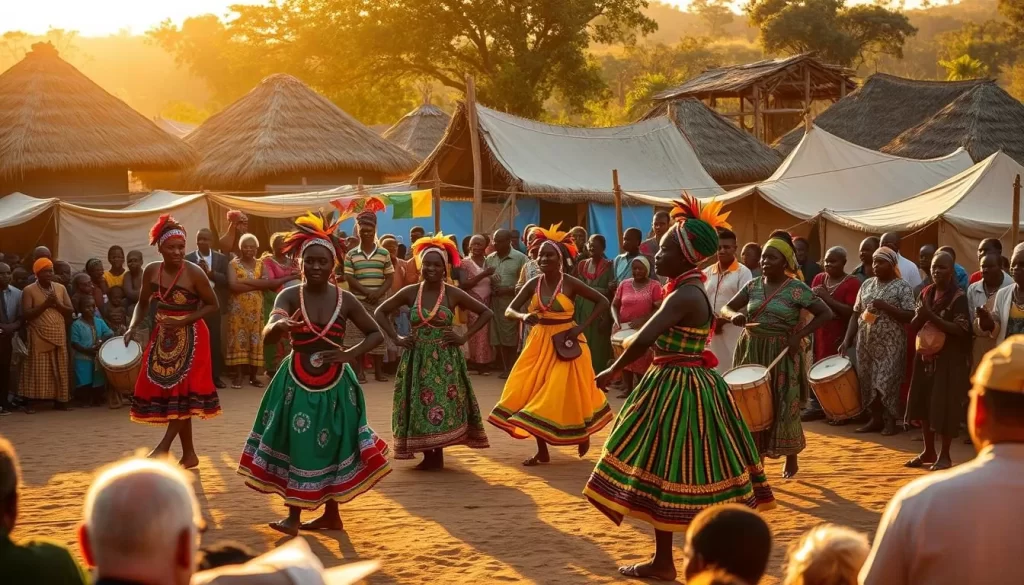
By timing your visit to coincide with these cultural events, you can have a more immersive and meaningful experience in South Sudan. Whether it’s witnessing a traditional ceremony or participating in a local festival, you’ll have the opportunity to engage with the local culture in a unique and memorable way.
Essential Travel Tips for Different Seasons
To make the most of your trip to South Sudan, it’s essential to be aware of the country’s seasonal changes and plan accordingly. The country’s climate varies significantly across different regions and times of the year, impacting travel plans and experiences.
Dry Season Packing and Preparation
During the dry season, from November to February, pack layers for cooler mornings and evenings, especially in the northern regions. Comfortable, breathable clothing is a must, along with sun protection such as sunscreen, hats, and sunglasses. Travelers should also be prepared for dusty conditions by bringing a scarf or mask.
Wet Season Considerations and Safety
The wet season brings its own set of challenges, including muddy and flooded roads, making some areas inaccessible. Travelers should be prepared for these conditions by having appropriate waterproof gear and being flexible with their travel plans. It’s also crucial to stay informed about weather forecasts to avoid being caught off guard by sudden rainfalls.
Health Precautions Year-Round
Regardless of the season, certain health precautions are essential. Malaria prevention is critical, as the disease is present throughout the year, with varying levels of risk depending on the season and region. Travelers should also ensure they have all recommended vaccinations and take measures to purify water to avoid waterborne illnesses. A well-stocked personal medical kit is also advisable.

By being aware of these seasonal considerations and taking appropriate precautions, travelers can have a safer and more enjoyable experience in this beautiful country.
Exploring South Sudan’s Top Destinations by Season
The best time to explore South Sudan’s top destinations depends on the activities you have planned and the regions you wish to visit. As the country’s climate varies significantly across different regions, understanding these variations is key to a successful trip.
Juba and Central Regions
Juba, the capital city, is a hub of cultural and social activity. The best time to visit Juba, South Sudan, is during the dry season, from November to February, when the weather is relatively cooler and more pleasant.

Boma National Park Wildlife Viewing
Boma National Park is renowned for its rich wildlife. For Boma National Park, South Sudan tours are best undertaken during the dry season when wildlife congregates around water sources, making them easier to spot.
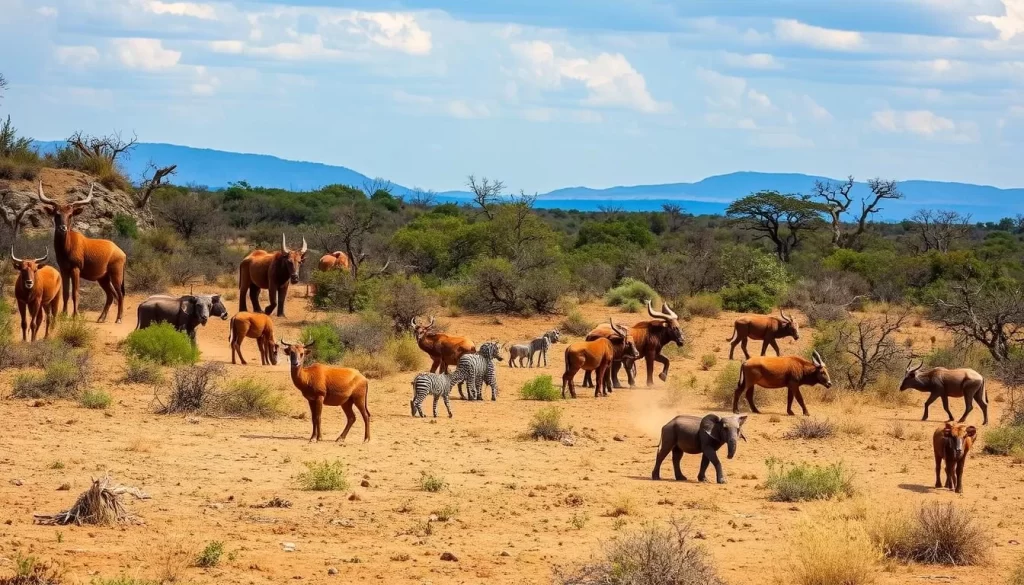
Nimule National Park and the Nile
Nimule National Park, situated along the White Nile, offers a unique blend of wildlife viewing and water-based activities. The best time for these activities depends on the water levels and seasonal conditions. During the dry season, the lower water levels can make certain areas more accessible, while the wet season brings higher water levels ideal for boating and fishing.
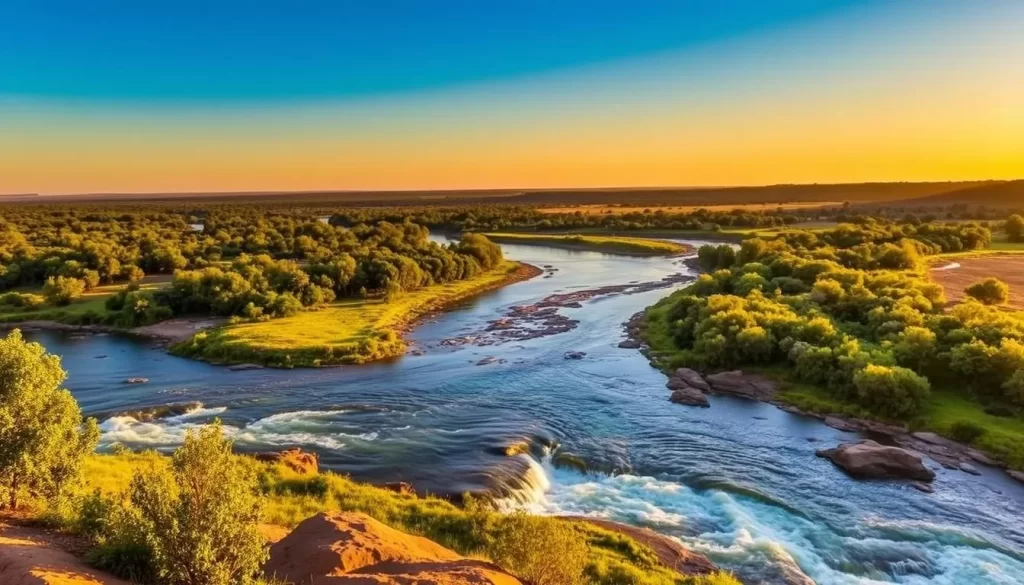
The park’s diverse wildlife, including hippos, crocodiles, and numerous bird species, can be enjoyed throughout the year, but the viewing experience changes with the seasons. Understanding these seasonal variations can help you plan your visit to Nimule National Park, South Sudan, according to your preferred activities and the conditions that suit them best.
Conclusion
Whether you’re drawn to the dry savannas or the Sudd wetlands, timing is everything in South Sudan. The country’s climate varies significantly across different regions, making it essential to plan your trip according to your destinations.
November to February is considered the best time to visit for most travelers due to the dry and relatively cool weather. However, each season offers unique experiences, from cultural events to wildlife viewing opportunities that occur over several months.
To make the most of your trip, consider consulting with experienced tour operators who specialize in South Sudan. They can provide valuable insights into seasonal considerations for specific itineraries. With proper planning and realistic expectations, a trip to South Sudan can be rewarding during any month of the year. The country’s warm hospitality and diverse landscapes await those who venture to this less-visited destination.
The above is subject to change.
Check back often to TRAVEL.COM for the latest travel tips and deals.
